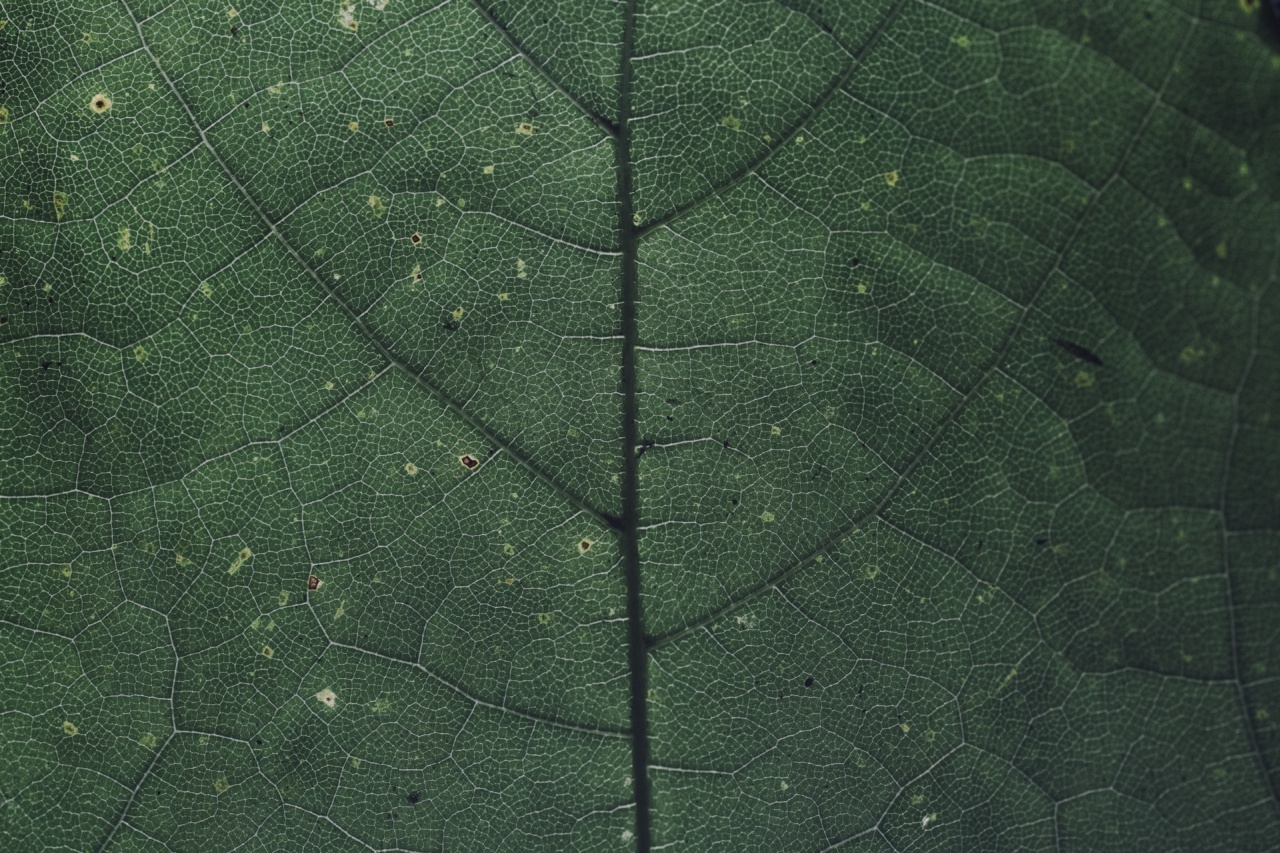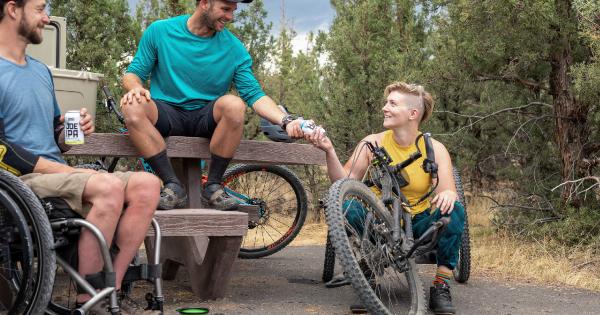Varicose veins are not only a cosmetic concern but can also be a sign of an underlying health issue. These twisted, enlarged veins that typically appear on the legs and feet can cause discomfort, pain, and potential complications if left untreated.
While many people may dismiss varicose veins as a mere cosmetic nuisance, it is important to understand the potential risks associated with this condition and the available treatment options to prevent further complications.
The Basics of Varicose Veins
Varicose veins occur when the valves inside the veins that help regulate blood flow become weak or damaged, causing blood to flow backward and pool in the veins. This leads to the bulging, twisted appearance typically associated with varicose veins.
Although they can affect anyone, certain factors increase the risk of developing varicose veins, including:.
- Age: as people get older, the risk of developing varicose veins increases
- Gender: women are more likely to develop varicose veins compared to men
- Pregnancy: hormonal changes and increased blood volume during pregnancy can contribute to varicose veins
- Family history: if close family members have varicose veins, there is an increased likelihood of developing them
- Obesity: excess weight puts additional pressure on the veins, increasing the risk of varicose veins
- Prolonged sitting or standing: jobs that require long periods of sitting or standing can lead to poor circulation and the development of varicose veins
Potential Risks of Ignoring Varicose Veins
While varicose veins may initially be painless and only a cosmetic concern, they shouldn’t be ignored. If left untreated, varicose veins can lead to various complications, including:.
- Leg Aches and Cramps: Varicose veins can cause discomfort, aching, and cramping in the affected legs, especially after prolonged periods of standing or sitting.
- Leg Fatigue and Heaviness: The increased pressure and poor circulation associated with varicose veins can make your legs feel tired, heavy, and sluggish.
- Swelling and Edema: Varicose veins can lead to swelling and fluid retention in the legs and ankles, known as edema.
- Thrombophlebitis: Inflammation and blood clot formation in the veins, known as thrombophlebitis, can occur in varicose veins. This can cause pain, redness, and warmth in the affected area.
- Bleeding: Varicose veins close to the skin’s surface can become more susceptible to injury, leading to bleeding that may be difficult to stop.
- Superficial Vein Blood Clots: Known as superficial thrombophlebitis, blood clots can form in the veins just below the skin’s surface, resulting in inflammation and pain.
- Chronic Venous Insufficiency: If left untreated, chronic venous insufficiency can develop. This condition occurs when the veins are unable to efficiently pump blood back to the heart, leading to long-term complications and potential skin changes.
- Ulcers: In severe cases of chronic venous insufficiency, varicose veins can lead to the formation of open ulcers on the skin, typically near the ankles. These ulcers can be painful, slow to heal, and prone to infection.
Treatment Options for Varicose Veins
If you have varicose veins, it is essential to consult a healthcare professional to discuss potential treatment options. The appropriate treatment will depend on the severity of your condition and your overall health.
Some common treatment options for varicose veins include:.
- Compression stockings: These specially designed stockings apply pressure to the legs and help improve circulation, reducing discomfort and swelling.
- Sclerotherapy: This minimally invasive procedure involves injecting a solution directly into the varicose veins, causing them to collapse and gradually fade away.
- Endovenous Laser Ablation: This procedure uses laser energy to heat and seal off the affected veins, diverting blood flow to healthier veins and eventually causing the varicose veins to disappear.
- Radiofrequency Ablation: Similar to endovenous laser ablation, this treatment option uses radiofrequency energy to heat and seal the damaged veins.
- Vein Stripping and Ligation: In more severe cases, surgical procedures such as vein stripping and ligation may be necessary to remove or tie off the affected veins.
It is crucial to seek medical advice before deciding on a treatment option to ensure the most suitable approach for your individual condition.
Preventing Varicose Veins
While not all varicose veins can be prevented, there are measures you can take to reduce your risk and minimize their development. These include:.
- Regular exercise: Engaging in physical activity that promotes leg muscle strength can help improve circulation and reduce the risk of varicose veins.
- Maintain a healthy weight: Maintaining a healthy weight reduces the strain on your legs and veins, minimizing the risk of varicose veins.
- Elevate your legs: Elevating your legs above the level of your heart whenever possible can help improve blood flow and relieve pressure on the veins.
- Avoid prolonged sitting or standing: Take breaks and move around if you have a job that involves long periods of sitting or standing to promote better circulation.
- Avoid wearing tight clothing: Tight clothing can restrict blood flow, so opt for looser-fitting clothing to encourage proper circulation.
- Wear compression stockings: Using compression stockings can help support your veins and improve blood flow, reducing the risk of varicose veins.
While these preventive measures may not guarantee complete avoidance of varicose veins, they can significantly reduce the risk and promote overall leg health.
Conclusion
Varicose veins should never be ignored, as they can lead to various complications and impact your overall quality of life.
If you have varicose veins or are concerned about their potential development, consult a healthcare professional for an accurate diagnosis and appropriate treatment options. By seeking timely medical advice and taking preventive measures, you can maintain healthy veins, reduce discomfort, and potentially prevent further complications associated with varicose veins.





























